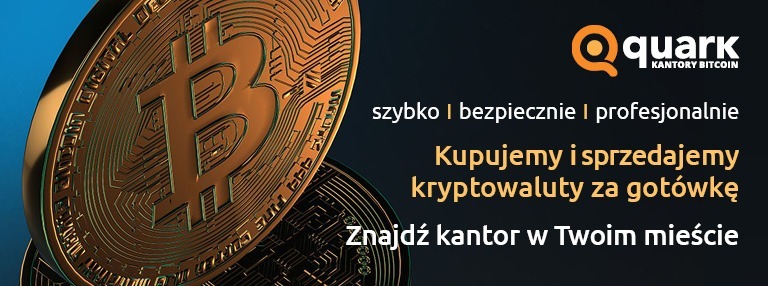
In a distant corner of the financial universe, where currency digitalization meets the intangibility of blockchain technology, Mastercard, one of the leading global payment networks, is making attempts with the latest forms of virtual assets. In the latest experiment, conducted in collaboration with the Reserve Bank of Australia and several other institutions, the brand enters new territory, intertwining CBDC wrapped with the purchase of NFTs on Ethereum. What are these terms and what opportunities do they open up for contemporary consumers and investors?
CBDC (Central Bank Digital Currency) is a form of digital currency issued by a central bank, with full legal force, often seen as a digital counterpart to a country’s traditional currency. Meanwhile, NFTs (Non-Fungible Tokens) are one of the types of digital tokens and are unique virtual assets that can represent items such as art, music, or other goods in the digital world.
In a recent experiment, Mastercard, in collaboration with the Reserve Bank of Australia and in cooperation with other institutions such as the Centre for Digital Finance Research and companies Cuscal and Mintable, conducted a pioneering test. The aim was to check whether CBDC can be “wrapped”, i.e. converted into tokens on another blockchain platform, in this case Ethereum, and used to purchase NFTs.
This process involved “freezing” a certain amount of pilot CBDC on the central bank platform and then producing an equivalent value of “wrapped” CBDC on the Ethereum blockchain. In this way, a kind of bridge was created between the traditional world of finance and the cryptocurrency and blockchain ecosystem. Using this mechanism would allow for the purchase of NFTs, which under normal conditions are only available to holders of traditional cryptocurrencies, such as Ether.
But why would this be important for the average consumer or investor? The answer lies in the possibilities that come with the integration of two worlds: traditional currency and digital assets. Using CBDC in transactions related to NFTs not only opens the door to the rapidly developing digital market for a wider audience but also introduces an additional layer of security and regulations that may result from the use of currencies issued by central banks.
At the same time, from the perspective of financial and regulatory institutions, such a bridge between CBDC and blockchain technology can bring new opportunities in the field of payment innovation, more effective fraud combating, and the introduction of new business models that will benefit from both innovation and increased trust from users.
Despite the enthusiasm surrounding such experiments, it’s worth noting that many issues, such as scalability, data privacy, and the interoperability of various platforms and blockchain technologies, remain to be solved. Regulatory issues are also significant and will require continuous attention and adjustment as the CBDC and NFT ecosystem evolves.
However, the Mastercard experiment is a step forward, a light at the end of the tunnel towards connecting two, at first glance, distant worlds of finance, and will undoubtedly pave the way for further research and innovations on this fascinating frontier.
Photo by Paul Felberbauer on Unsplash
